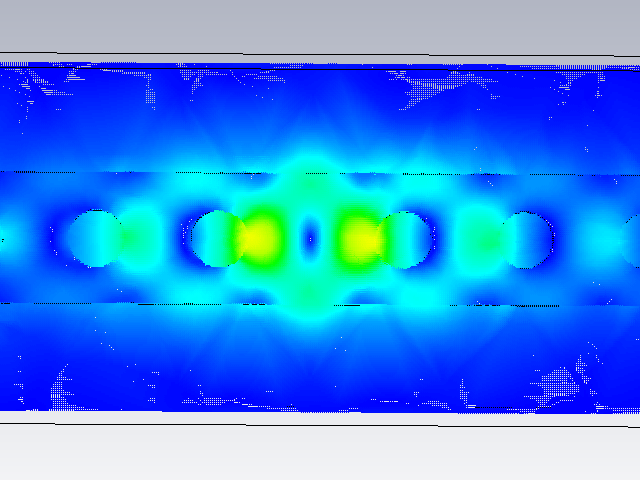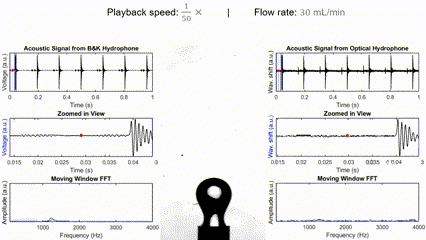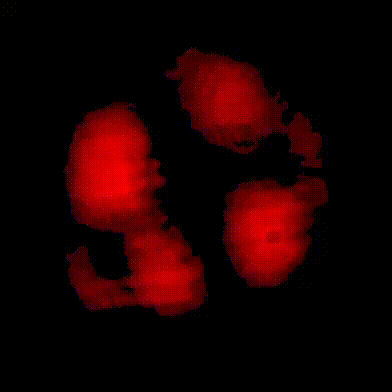Congratulations to Kalipada Chatterjee for his recent publication in Optics Letters !!Congratulations to Satyajit Murmu for his recent publication in ACS Applied Materials and Interfaces !!Congratulations to Pratik Mishra for successfully defending his thesis!!Congratulations to Subrat Sahu for his recent publication in Advanced Quantum Technologies !!
Rajan Jha Group Research Topics

Coupling Photonic nanostructures to Nanowaveguides and resonators
The generation and detection of single-photon are imperative for next-generation quantum systems, and therefore control of single quanta of light has led to a new area of quantum nanophotonics which deals with the generation, manipulation, and detection of coherent photons. For detection of single photon one of the critical challenges is to have an interface for coherent transfer of quantum states between quantum system and the generated photon. This is facilitated by interfacing different quantum emitters with different types of photonic nanostructures. The challenge for the efficient photon-emitter interface is to efficiently enhance the coupling of one mode and suppress the other at room temperature.

Semi-Classical and Quantum Interferometers
Interferometers exist in various forms and sizes, and can be used to measure small-scale vibration to large-scale objects like stars. We focus on interferometry that can detect small-scale signals in light-matter interactions based on metasurfaces apart from the cavity and modal interferometers. These interferometric systems can find application in quantum metrology/sensing and nano-scale devices.


Instrumentation for Industrial Applications
Different process are monitored by developing highly precise reconfigurable modal interferometer which can be used for industrial applications like flowmeter in a high temperature environment, residual stress, vibrations, temperature, pressure, surface roughness, precision alignment & position monitoring apart from selective detection of biochemicals integrated with microfluidics.


Structured Light
Singular beams, possessing orbital angular momentum (OAM), offer multiple parameters for beam manipulation that have led to their wide applicability in fields of communication, material structuring, imaging, quantum computing and optical sensing. We aim to develop OAM beam based optical sensors using interferometry that operate by phase interrogation of light. Analysis of fringe patterns is carried out to optimize the set-up and extract information about external field. Versatile and highly sensitive optical systems based on OAM beam interference, will have wide utility in precision monitoring linear and angular displacement, refractive index and other physical parameters.






Flexible and Wearable
Photonics
Flexible and wearable photonics have arisen to provide optical systems with the same deployment flexibility as flexible electronics. In comparison to electronics, it enables improved control of light propagation and light-matter interaction, resulting in light delivery with less loss and cross-talk. Due to their high multiplexing capabilities, gadgets have a reduced footprint. Additionally, optical-based wearable systems have significant potential on the market due to their increased geometric diversity and tight optical confinement, making the system more sensitive, versatile, and reconfigurable. We used a variety of interferometers embedded in a flexible material to investigate various physiological functions.
Plasmonics
Classical and Quantum Plasmonics plays pivotal roles in advancing technologies by unlocking new frontiers in the area of light-matter manipulation/interaction. Different Plasmonics structures/systems can be developed for wave guidance/sensing and to understand the concept of excitons/plasmons (Plexcitons), photonic spin Hall effect for different applications. On the other hand, polarized single photons can be intricately controlled and utilized for quantum information processing by suitably integrating quantum emitter to various plasmon active nanostructures.

Selected Publications
-
K Chatterjee, and Rajan Jha, ”Active Weak Field Dynamic Magnetometry Using Conjugated Vortex Beam Interferometry", Optics Letters, (2025). [Accepted]
-
S Sahu, C Jacob, A Kumar, and Rajan Jha,” On-Chip Apodized Hybrid Photonic-Plasmonic Cavity QEDfor Polarized Single Photons Coupling", Adv. Quantum Technology, 2400712(2025).
-
P Mishra, D Goswami, S Kumar, and Rajan Jha,” Polymer-Layered Optical Wearable (PLOW) for Healthcare Applications: Temperature and Stretching Monitoring", ACS Applied Materials & Interfaces, 17(5) (2025).
-
AK Maurya, K. Chatterjee, and Rajan Jha, “Ultra-wide range non-contact surface profilometry based on reconfigurable fiber interferometry”, Optics Letters, 49 (13), (2024).
-
S Sahu, K.P. Nayak, K.R. Mangipudi and Rajan Jha, “ Slot Waveguide Enhanced Asymmetric Photonic Crystal Nanofiber Cavity For Fiber-Coupled Single Photons ” Applied Physics Letters, 124(3) (2024). [Editor's Pick]
-
P Gorai, G Brambilla, and Rajan Jha,” Fast, selective, and sensitive detection of 2, 4-dichlorophenol by an imprinted polymer functionalized core-offset U-shaped fiber sensor”, Optics Letters, 48 (20), 5391-5394 (2023).
For more work details, click here.
Facilities
-
Customized system for development of Photonics Nanowire integrated with variable source
-
Supercontinuum System with integrated tunable filters
-
Optical interrogation systems ranging from visible to near IR supported by optomechanics
-
Nano-Synthesis Table and vapor deposition system
-
Customized quantum interferometer system
-
In-house developed gaseous monitoring system
-
Plasmonic setup
-
Computational facilities for nano photonics and plasmonics simulation
-
Characterization facilities
